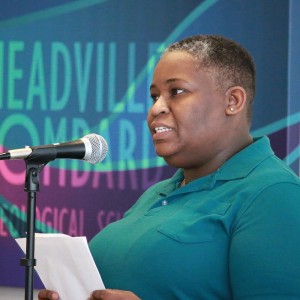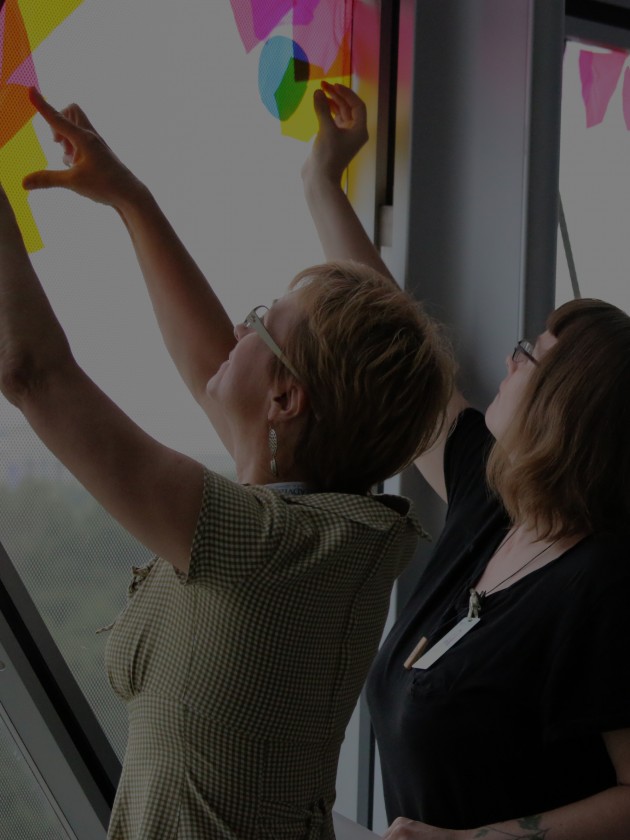Building the Internet of Spirit
Congregations commune yearly at General Assembly and, on a more regular basis within regions, but individual congregations don’t regularly connect as consistently one with the other. This is due, in large part, to geography and resources. However, during this unprecedented time, when congregational life is almost entirely online, we have a precious opportunity to reimagine and fortify Beloved Community in ways previously not attempted on a large scale.
Chapter XV of The Cambridge Platform entitled “Of the Communion of Churches One with Another” states the following:
Although churches be distinct, and therefore may not be confounded on with another; and equal, and therefore have not dominion one over another; yet all the churches ought to preserve church communion one with another…
Written in the 17th century, this chapter referred to unity under Christ as a mystical and political head. Although the entirety of the Cambridge Platform does not inform our 21st century Unitarian Universalist congregational polity, through the lens of modernity and the new reality in which we find ourselves, this chapter takes on reconceptualized meaning and relevance.
Prior to entering seminary, I worked in what is commonly called Industry 4.0 or the Internet of Things. IoT is digital signals guided by artificial intelligence protocols facilitating communication across any distance between almost any physical thing you can think of, including cars, refrigerators, cell phones, medical equipment, and even our clothes. If smart devices can talk to each other via AI, certainly sacred “devices” can as well via spiritual intelligence. Lightbulbs and thermostats network together irrespective of distance, why can’t our hearts and souls do the same? In fact, they already are.
Soon after my teaching congregation, Northwest UU of Southfield, MI, took worship entirely online, an image popped into my head. It was that ubiquitous IoT chart with lines drawn from various machines to a big cloud, representing the digital cloud. But, instead of computers and virtual reality goggles, the pictures were hearts, people, peace symbols, the happy humanist, the yin and yang, gender non-binary symbols, hamsas, ohms, olive branches, symbols for different faiths, and anything that represented the spirit. They were all interconnected in a giant web with the chalice flame in the middle. We can have an Internet of Things, so why not an Internet of Spirit?
I decided to begin soliciting other congregations and fellowships to join our worship. Before long, I realized there was nothing much preventing numerous geographically distant congregations from joining in a single worship together and I decided to propose a Michigan-wide service. As an intern, I have the luxury of conceiving of logistically onerous ideas that are quickly shot down by those with more experience. To my surprise, I presented this one to my teaching pastor, and she gave me the green light to try.
I reached out to congregations across the state and soon had numerous enthusiastic volunteers. The team included ministers, directors of religious education, music directors, operations mangers and congregants from numerous Michigan congregations. I am grateful to all who helped, including the planning team and the staff and congregants of the individual congregations who created liturgical elements. I am especially grateful to our volunteer liturgy team of Rev. Mandy Beal, Rev. Rachel Longberg, and Rev. Colleen Squires, the staff and leadership of my teaching congregation including, amongst many others, Rev. Kimi Riegel, Ben Gabel, Ken Hermonat, Diana Kohler, and Jan Price as well as my fellow seminarian, Martha Bogner, without whom this could not have happened.
The thematic question answered by the service was “What have we discovered about remaining hopeful in the midst of the unknown that we can sustain into the future?” The end result, featuring songs, readings, and prayers from individual congregations, tied together by Rev. Kimi Riegel’s homily “Hope in the Connections,” was, by all accounts, extremely well-received.
There were 23 congregations in attendance, 17 of whom contributed service elements. Michigan churches were invited to connect directly via Zoom and congregants from geographically isolated areas across the state got to know each other in our state-wide coffee hour after the service which consisted of 50 breakout rooms of 10-12 people each, randomly assigned. Between Zoom, Facebook, YouTube, and a live stream embedded into our website, we had over 1,000 attendees, including people from all over the country and the world.
What I am most proud of, however, is our offering. We raised $4,343 in a single Sunday worship service, which we donated in its entirety to Black Lives UU (BLUU) and The Unitarian Universalist Trauma Response Ministry (UUTRM).
I am delighted to see that collaborations and services of this nature have already begun to propagate, building the “communion of churches, one with another” in prayer, song, ritual, spiritual meditation, and all manner of beloved connection in this new landscape of sacred cyberspace across the Internet of Spirit. I will continue to leverage my privilege to facilitate this form of communion. My greatest hope is that, crossing borders in this manner will also facilitate the implementation of the goals of the Commission on Institutional Change, including broadening of the diversity in the larger UU community and centering essential voices already in Unitarian Universalism that have been obfuscated for too long.
[Joshua is a St. Lawrence Foundation Scholarship recipient. Read about his scholarship and listen to his sermon about Universalism here.]

Joshua Berg
Joshua started his studies at Meadville Lombard in 2018. He is a humanist and has worked as a celebrant since 2015 as well as training for chaplaincy at Beaumont hospital in Detroit. Currently a candidate for Fellowship with the Ministerial Fellowship Committee, Joshua is completing an internship at Northwest UU of Southfield, MI.

